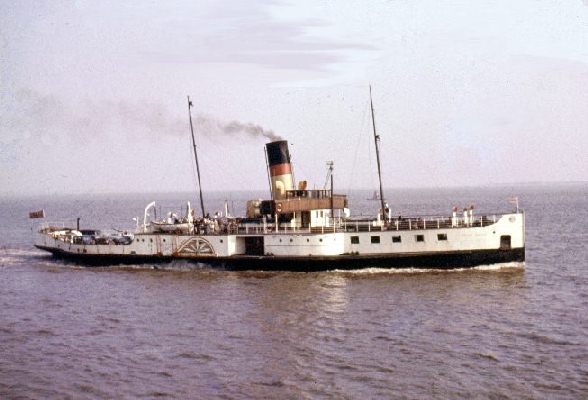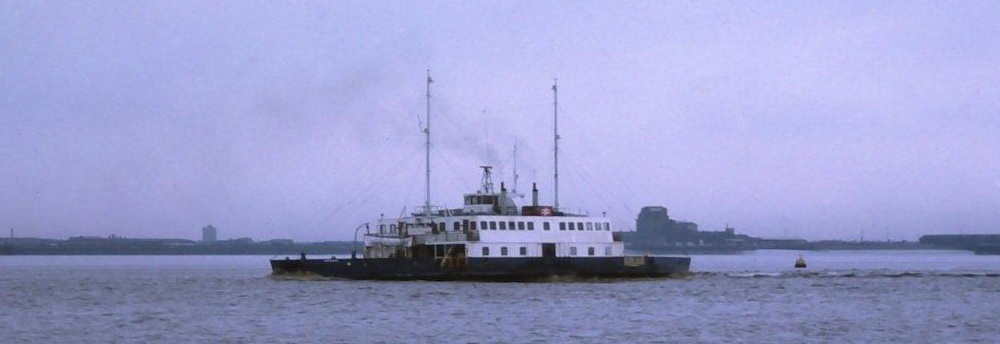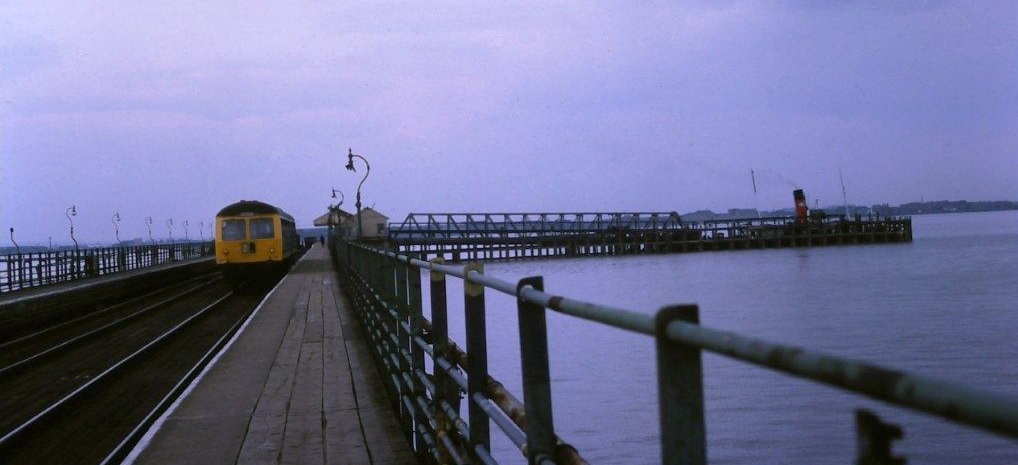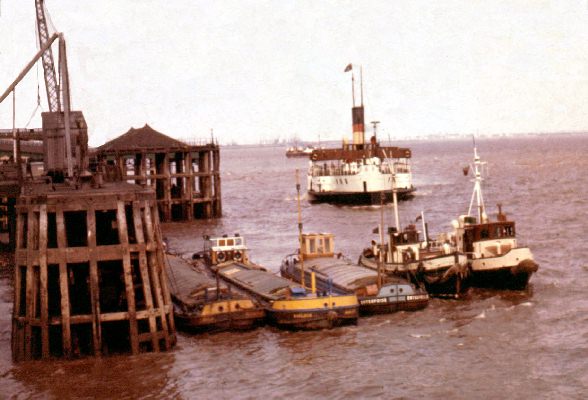paddlesteamers.info : The Internet's leading website for
Side-Wheeled Paddle Steamers
Humber Estuary : River Ouse : River Trent
Steam
navigation on
the Humber dates back to 1814. John Robertson, engineer of the
pioneering PS Comet of 1812 in the Clyde had PS Caledonia and
PS Humber built at Dundee in 1814 to house his engines. The ships
were operated on his own account for eighteen months between Hull on
the Humber estuary and Selby on the River Ouse and Gainsborough on
the River Trent, the two rivers joining to form the Humber. Paddle
steamers then became common sight on both the Trent and the Ouse
The direct ferry crossing from Yorkshire to Lincolnshire was
inaugurated in 1820 from Hull to New Holland by PS Magna Carta.
Railway ownership of the ferry dates from 1845, and after Britain's
railways were amalgamated into major regional groupings in 1923, the
service came under the control of the London & North Eastern
Railway (LNER) and survived until the opening of the Humber Bridge
River Ouse Operators
River Trent Operators
Humber Estuary : Hull-New
Holland Ferry

Above : Lincoln Castle at Hull in 1959. Photo by kind courtesy of Ian
Stenton
Lincoln
Castle was the last paddle steamer ordered for the Hull-New Holland
service by the London & North Eastern Railway. Unusually, she was
delivered during World War II and from a Clydeside yard (Wm Denny
& Bros). Her design was modelled closely on that of her two earlier
fleetmates, Tattershall Castle and Wingfield Castle, both built at
Hartlepool but with one major visible difference. Lincoln Castle
differed considerably with regard to her engines being of the more
traditional "push" type, thus having the boiler ahead of the engines
and the funnel forward of the paddle shaft axis.
The sisters Wingfield Castle and Tattershall Castle, built in 1934,
proved to be successful steamers, with a large open main deck aft
which was used for cars, cargo and cattle. Their success prompted the
building of the similarly-shaped Lincoln Castle and deferred
discussion about the construction of a bridge across the estuary.
Paddle Steamers were especially suitable for this crossing due to their
shallow draught. The Humber was not only tidal but the sands of the
estuary shifted continuously making crossings hazardous and requiring
skippers to have a very good understanding of the waters.
A
parliamentary bill giving powers for the construction of the bridge
was passed in 1959 but the final government go-ahead did not come
until ten years later. Construction finally started in 1973. The bridge
was opened in 1981, spelling the death knell for the last
remaining ferry, the diesel-electric paddler Farringford which had
been transferred from the Isle of Wight
Excursions were also scheduled, but restricted to Sunday afternoons
from Hull in 1964 and withdrawn totally after the 1967
season. Occasional excursions, including charters, continued to take place, particulary with Lincoln Castle
Manchester,
Sheffield & Lincolnshire Railway Co (from 1897 Great Central
Railway Co and from 1923 London & North Eastern Railway Co)
Magna Charta (1873-1924)
Manchester (1876-1913)
Paddlers introduced between 1889 and 1923
Grimsby
(1889-1923)
Cleethorpes (1903-1933, sold to Radcliffe Shipping Co. for use on the Firth of Forth. Scrapped in 1935 after an unsuccessful season in 1934)
Brocklesby (1912-1934, sold to Radcliffe Shipping Co. for use on the Firth of Forth. Scrapped in 1936 after an unsuccessful season in 1935)
Killingholme (1912-1940) scrapped in 1945 after war service
Frodingham
(1928-1936) built in 1895 as Dandie Dinmont for Clyde service
Paddlers introduced by the London
& North Eastern Railway
(1923-1947)
Tattershall
Castle (1934-1972)
Wingfield Castle (1934-1974)
Lincoln Castle (1940-1978)
Diesel-electric paddle car ferry transferred from British
Rail's Lymington-Yarmouth ferry route
Farringford
(1974-1981)
(Independently powered paddle wheels)

Above : Not
an obvious paddler - but Farringford was an unusual example of this
means of propulsion. Photo by kind courtesy of Kevin Hoggett

Above : A
fine example of integrated transport at the time. A British Rail diesel
train meets PS Lincoln Castle at New Holland pier in 1976. Photo by
kind courtesy of Kevin Hoggett

Above : Lincoln Castle in 1959 by Ian Stenton, at Hull's Corporation Pier
Bibliography
Ferries Across the Humber : The story of the Humber ferries and the last coal-burning paddle steamers in regular service in Britain
By Kirk Martin
Published by Pen & Sword Books Ltd
ISBN 978-1-78383-102-9
The
definitive, detailed and copiously illustrated history of the subject
by an author who spent time working on the ferries. The
essential reference on the subject
Harbour Tugs which offered occasional passenger excursions
At Grimsby :
Humber (1876-1910)
Return
to
Historical
Database
Main Menu



